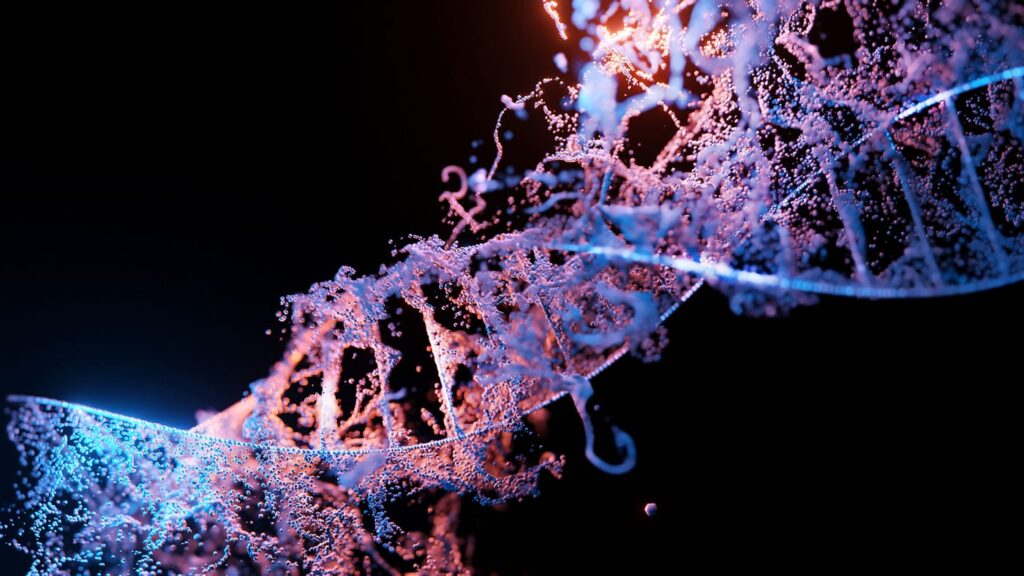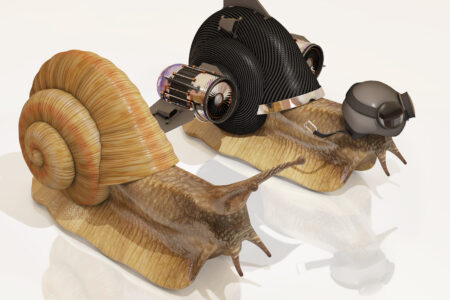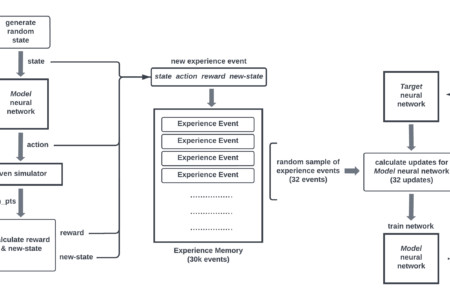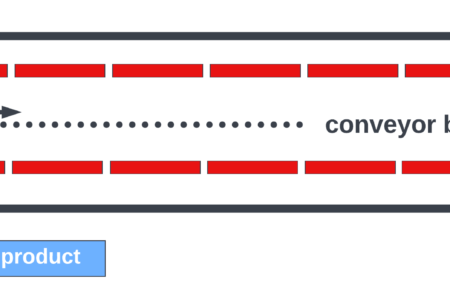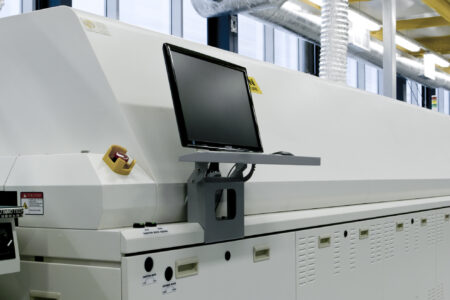This article presents a method for training a neural network to derive the integral of a function. The technique works not only with analytically-solvable integrals but also with integrals that do not have a closed-form solution and are typically solved by numerical methods. An example is the normal distribution’s cumulative density function (CDF). Continue reading
Read More…
Many relationships in physics, biology, chemistry, economics, engineering, etc., are defined by differential equations. In general, a differential equation (DE) describes how variables are affected by the rate of change of other variables. For instance, a DE explains how the position of a mass vibrating on spring changes with time in relation to the mass’s […]
Read More…
Training With a Digital Twin Part 1 described a reinforcement learning system used to find the optimal control settings for a reflow oven used for soldering electronic components to a circuit board. Part 2 presents the details of the oven simulator used to accelerate the training process. Continue reading…
Read More…
Part 1 explores the ability of a model trained with reinforcement learning (RL) to generalize, i.e., produce acceptable results when presented with data it was not exposed to during training. The application in this study is an industrial process with multiple controls that determine the effect on a product as it transitions through the process. […]
Read More…
A previous post describes a reinforcement learning model trained to find the optimal control settings for a reflow oven that solders electronic components to a circuit board. The oven’s moving belt transports the product (i.e., the circuit board) through multiple heating zones. This process heats the product according to a temperature-time target profile required to […]
Read More…
Can Reinforcement Learning generalize beyond its training? This paper explores the ability of a model trained with reinforcement learning (RL) to generalize, i.e., produce acceptable results when presented with data it was not exposed to during training. The application in this study is an industrial process with multiple controls that determine the effect on a […]
Read More…
Tuning a Process Oven with Reinforcement Learning Determining optimal control settings for an industrial process can be tough. For instance, controls can interact, where adjusting one setting requires readjustment of other settings. Also, the relationship between a control and its effect can be very complex. Such complications can be challenging for optimizing a process. This […]
Read More…


